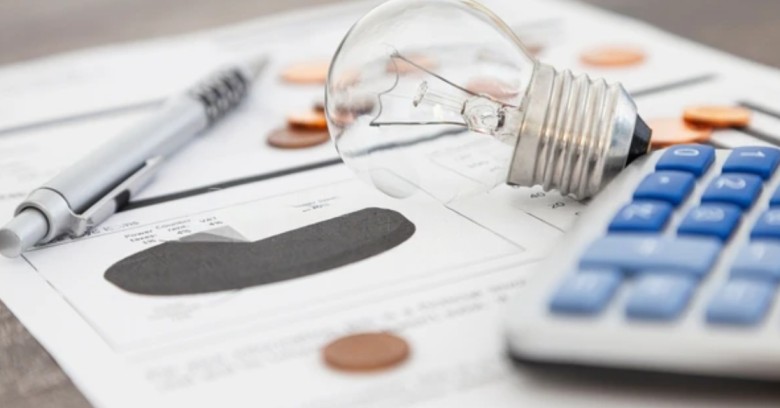A helpful guide for comprehending the electricity bill: Carefully review your electricity Bill components either MEPCO, FESCO, or IESCO to ensure accuracy and error. The purpose is to understand how much energy is consumed. If any discrepancies or questions arise regarding its accuracy or consumption levels, reach out to customer service for clarification or resolution. A few of the steps are to understand and read electricity bills:

Locate Your MEPCO Bill:
Your MEPCO electricity bill should have been sent directly to your registered mailing address as an electronic version of the Bill in your inbox or either you can check Online by entering the Reference Number of your Consumer ID.
Understanding of Electricity Bill Format:
Electricity bills typically consist of multiple sections with vital information on electricity usage and charges. Consumers must familiarize themselves with each section to better comprehend its details.
Customer Information:
Your bill will begin with personal details such as your name, address, and customer ID / Reference number. Double-check that these are accurate.
Billing Period:
Your bill will specify which billing cycle charges apply, including its start and end dates. So make sure that the bill shouldn’t exceed a particular period.
Meter Readings:
Locate the section that displays meter readings on electricity bills. Typically two readings will appear –
-
Previous reading:
This shows the last reading of the previous month, which was the current reading of the last billing month, but this month it will be known as the previous reading.
-
Current reading:
– that shows how much electricity was consumed over a given billing period.
This difference between the Previous and Current reading shows the total consumption of units in a particular period.
Units Consumed:
Your bill will show the number of units (kilowatt-hours or kWh) consumed during your billing period. This helps track how much electricity was used.
Tariff Details:
MEPCO bills typically contain a section that outlines the tariff structure and rates applicable to your electricity usage. This tariff includes residential, commercial, and industrial rates. It will provide different rates of consumption slabs, according to different electricity providers.
Calculation of Charges:
Your bill will display a breakdown of charges according to your electricity consumption and any applicable tariff rates, including charges such as units consumed, TV fees, meter rent fees, taxes, or any other applicable fees.
Due Date and Payment Method Information:
Electricity bills outline shows when they must be paid to avoid late fees. On the other hand, details about payment methods, such as online payment, bank deposit, or collection point payments.
Late Payment Charges:
The charges provoke on electricity bills as a result of payment delays. These charges depend on the whole amount of electricity.
Complaints and inquiries:
Most bills contain contact details for customer inquiries or reporting any problems or disputes, such as helpline numbers or email addresses.
To effectively track energy costs and Electricity Bill Components , it is crucial to monitor both your monthly energy consumption and the total bill amount. This enables you to make comparisons between corresponding months of different years, such as comparing this January’s bill to the previous year’s January. Such comparisons allow you to assess whether your costs are increasing or decreasing. Additionally, this practice helps identify any billing discrepancies or errors that may occur.